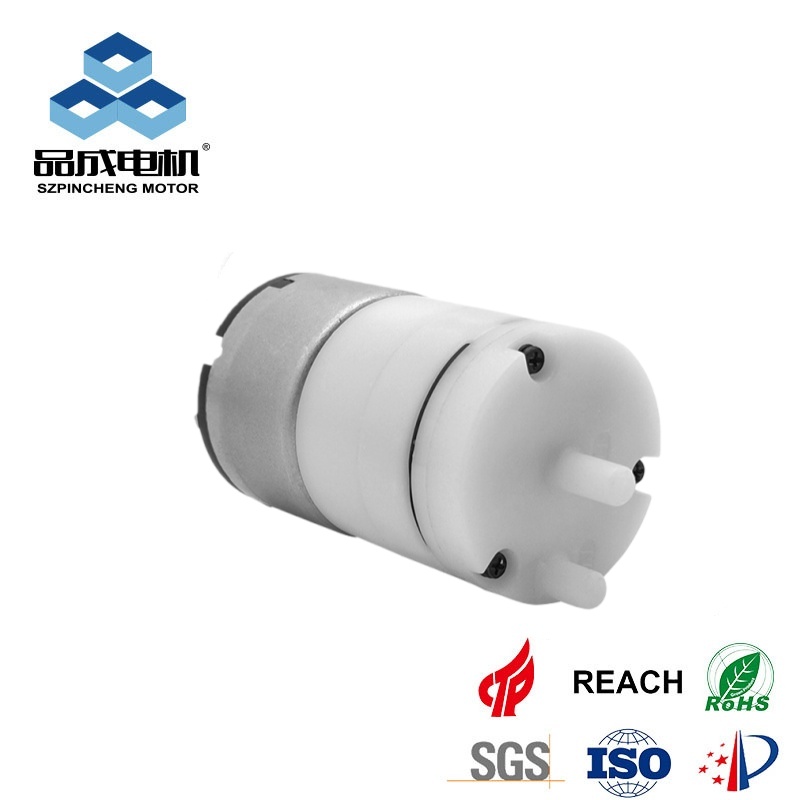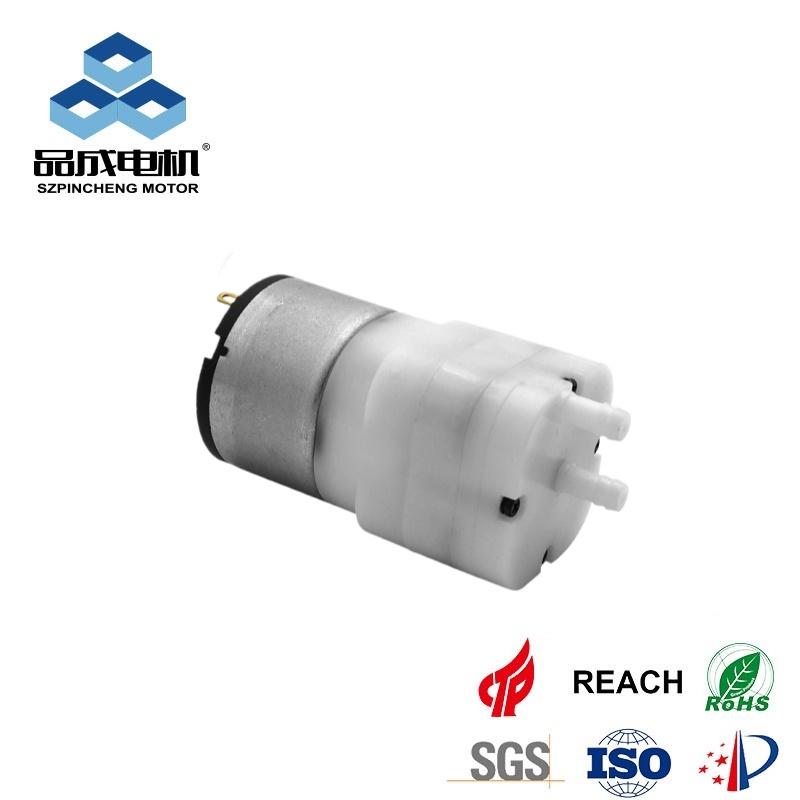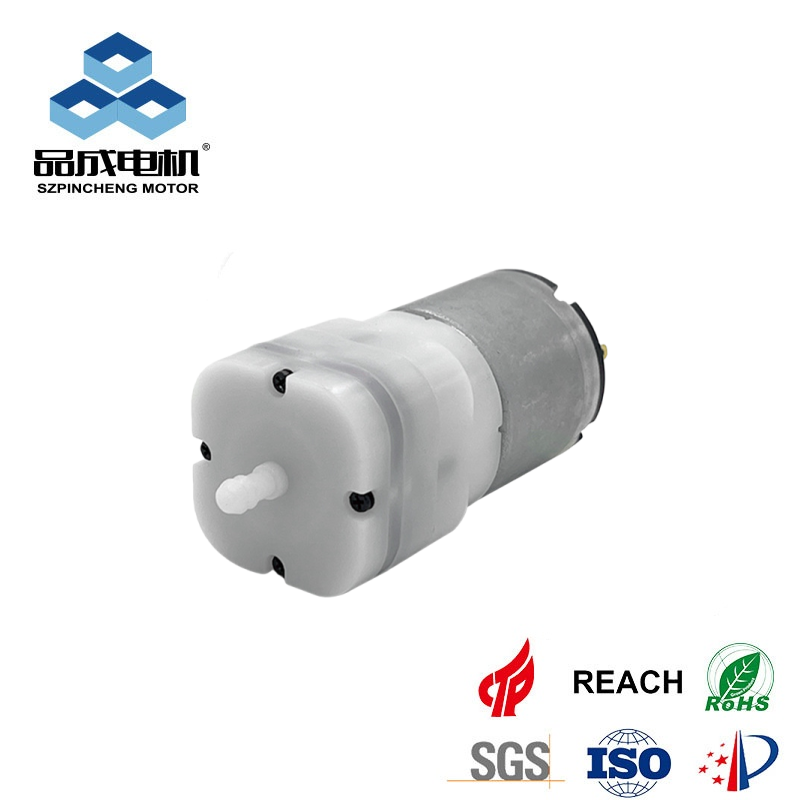Hello everyone! Today we'll discuss flow control methods for micro vacuum pumps, micro water pumps, and micro air pumps, focusing on the most commonly used electronic control technology.
What is electronic control?
Simply put, electronic control adjusts certain pump parameters (such as flow rate) by varying the operating voltage supplied to the micro pump. This is similar to changing the speed of a fan to change the wind speed.
How Electronic Flow Control Works
This method essentially regulates the pump speed using voltage. Under the same load conditions:
Higher speed → greater flow rate
Lower speed → lower flow rate
However, it's important to note that to avoid excessive voltage damage to the pump motor, electronic control typically adjusts flow rate by reducing the voltage.
Real Application Example
A customer needed to adjust the flow rate of a micro air pump in instrument production. They achieved this by varying the operating voltage of the micro vacuum pump. However, there's an important caveat: the operating voltage must be lower than the pump's rated voltage. Never increase the voltage, as this will burn out the motor!
Sharing Actual Test Data
Using our company's VAA6005-24V micro-vacuum pump as an example, we found the following:
Operating voltage 24V (rated voltage): Normal flow rate
Voltage dropped to 20V: Flow rate approximately 4 L/min
Voltage dropped to 15V: Flow rate approximately 2.5 L/min
The relationship between voltage and flow rate is essentially linear, making adjustment quite easy.
Limitations and Precautions
Limited Adjustment Range: This method can only adjust the flow rate within a small range. If a wider adjustment range is required (for example, several hundred ml/min), a flow control valve must be installed at the pump outlet.
Starting Voltage Issue: If the voltage is below the rated value, the pump may fail to start. Testing has found that the greater the load, the higher the starting voltage required. Only under light load can the pump start under undervoltage conditions.
Minimum Starting Voltage: This is the most critical point! The pump must be able to start normally under load. Otherwise, the input electrical energy will not be converted into kinetic energy, but only into heat, causing the motor to continuously overheat and eventually burn out. Different loads require different minimum starting voltages, so you should determine this value based on your specific operating conditions.
Advantages and Disadvantages of Undervoltage Operation
The advantages are obvious:
Significantly reduced noise
Greatly extended service life
The lower the voltage, the more pronounced these two advantages become.
There are also disadvantages:
When the voltage drops below a certain level, the pump's flow pulsation becomes noticeable (which can be observed using a rotameter).
Practical Test Verification
A customer ran our pump 24/7 continuously for three months. During the test, the pump operated very stably and reliably, with no other drawbacks from undervoltage operation observed. In contrast, pumps from other brands performed poorly in the same test: some broke down after just a few days of continuous operation, while others operated unstably and experienced frequent failures.
Summary
Electronic control is a very practical flow control method, but it's important to remember:
The voltage can only be adjusted downward, not upward.
Ensure the pump starts properly under your load conditions.
Large-scale control requires the use of a flow valve.
I hope this article is helpful! If you have any further questions, please feel free to contact us.
you like also all
Read More News
Post time: Oct-23-2025




